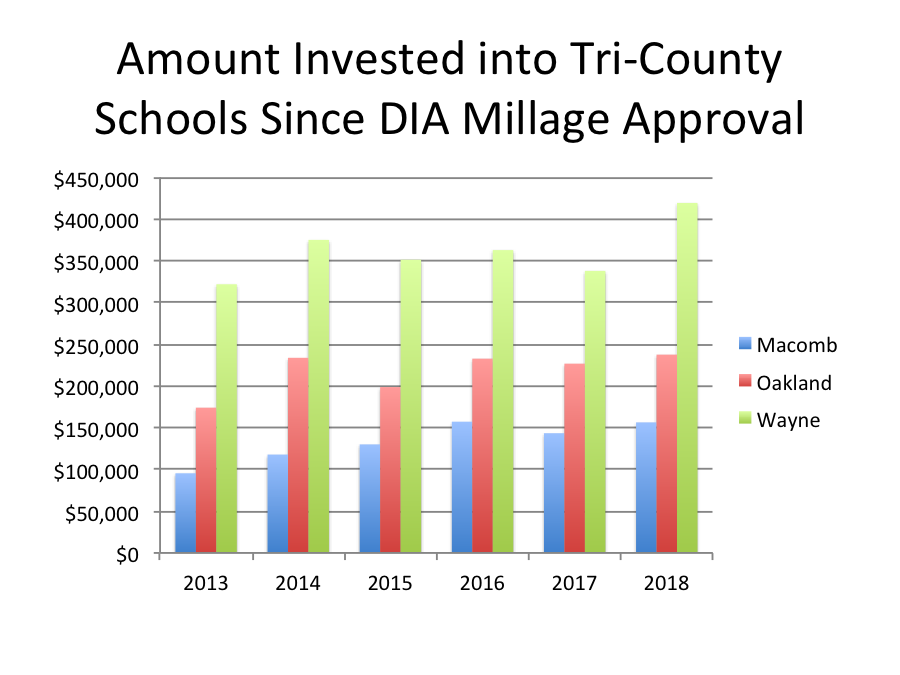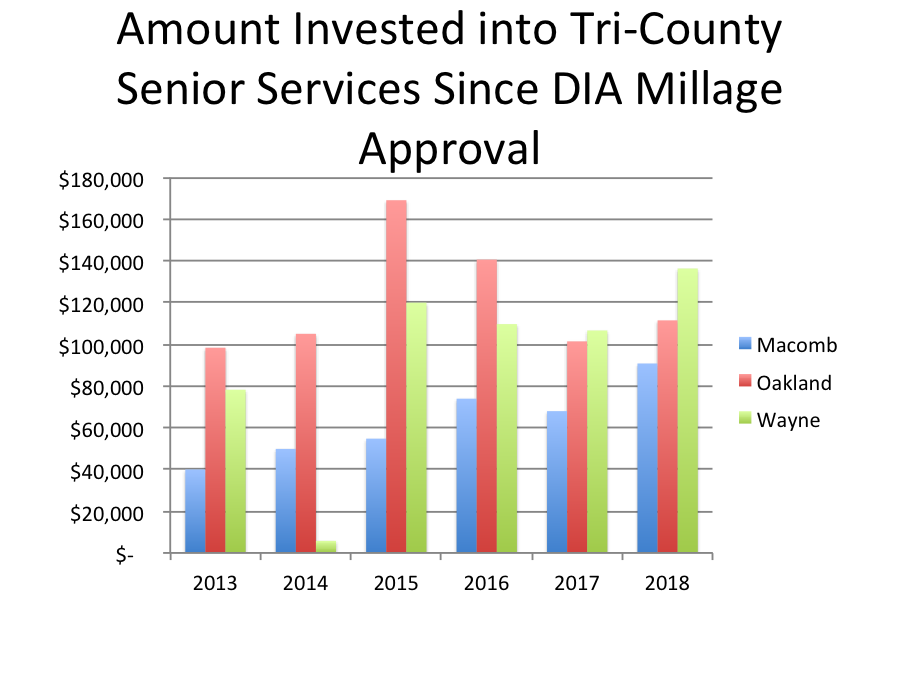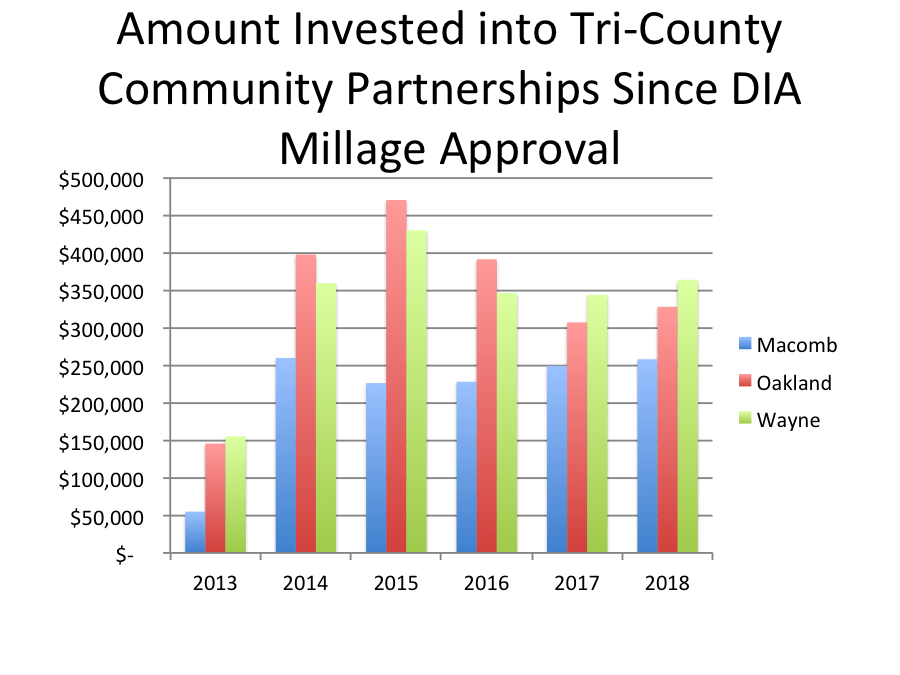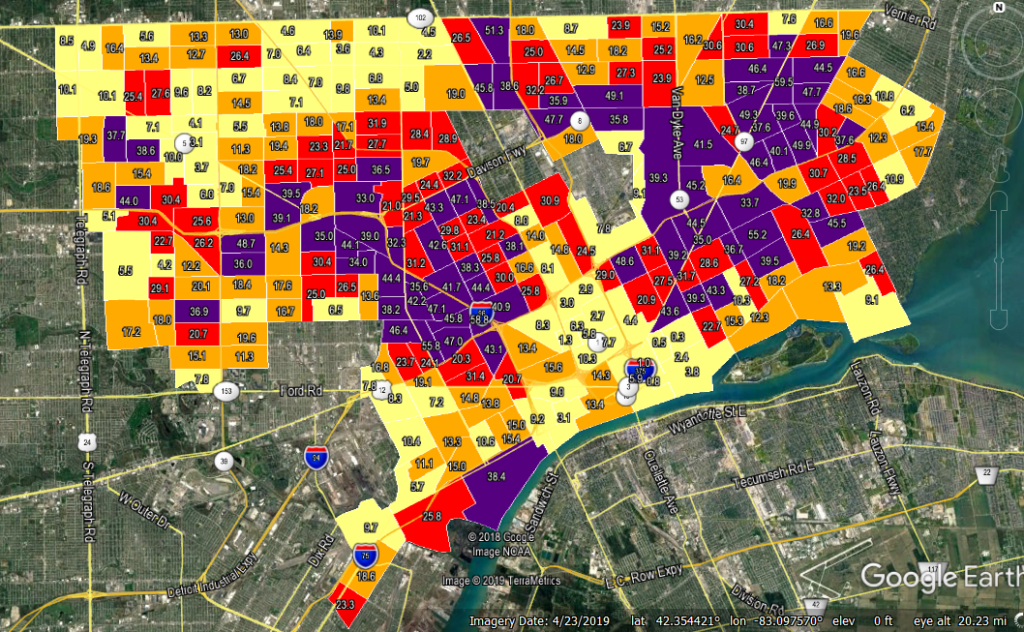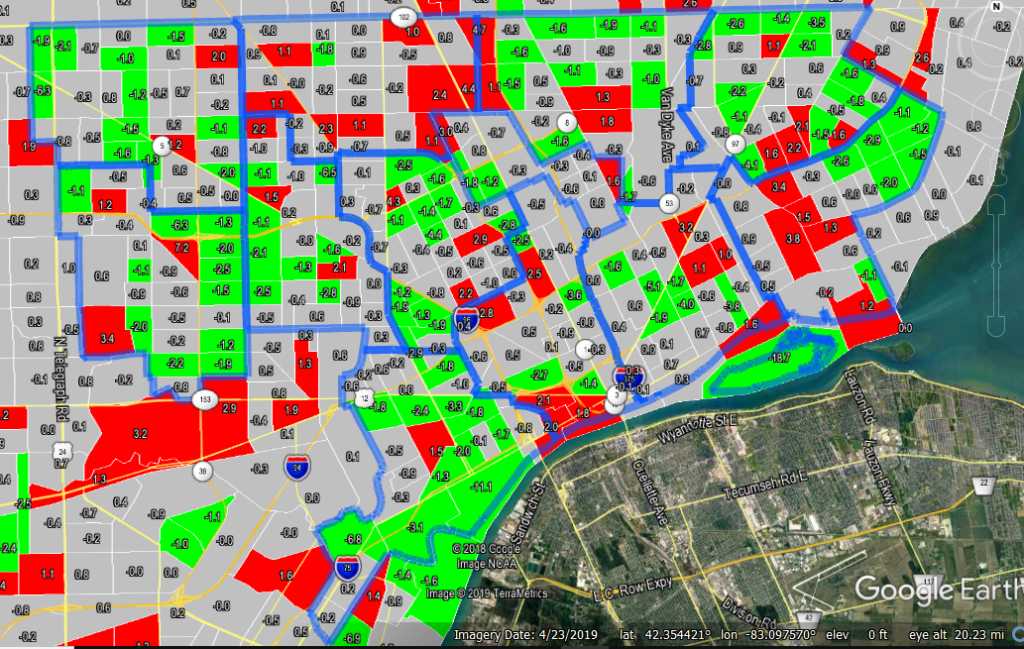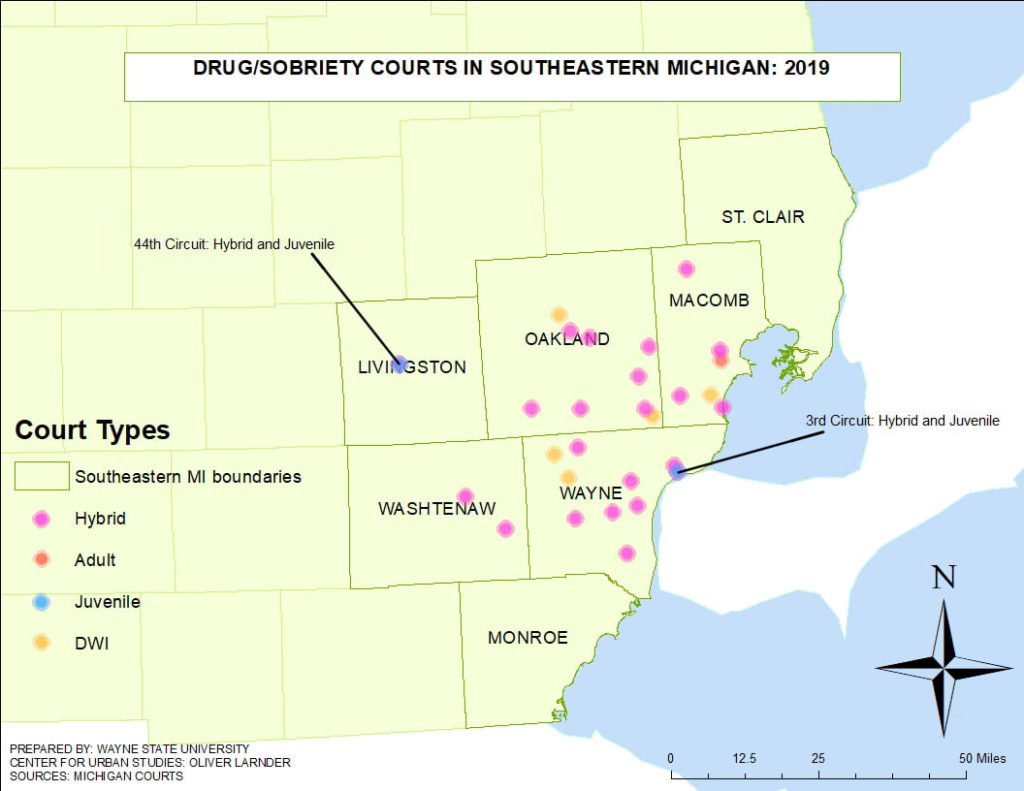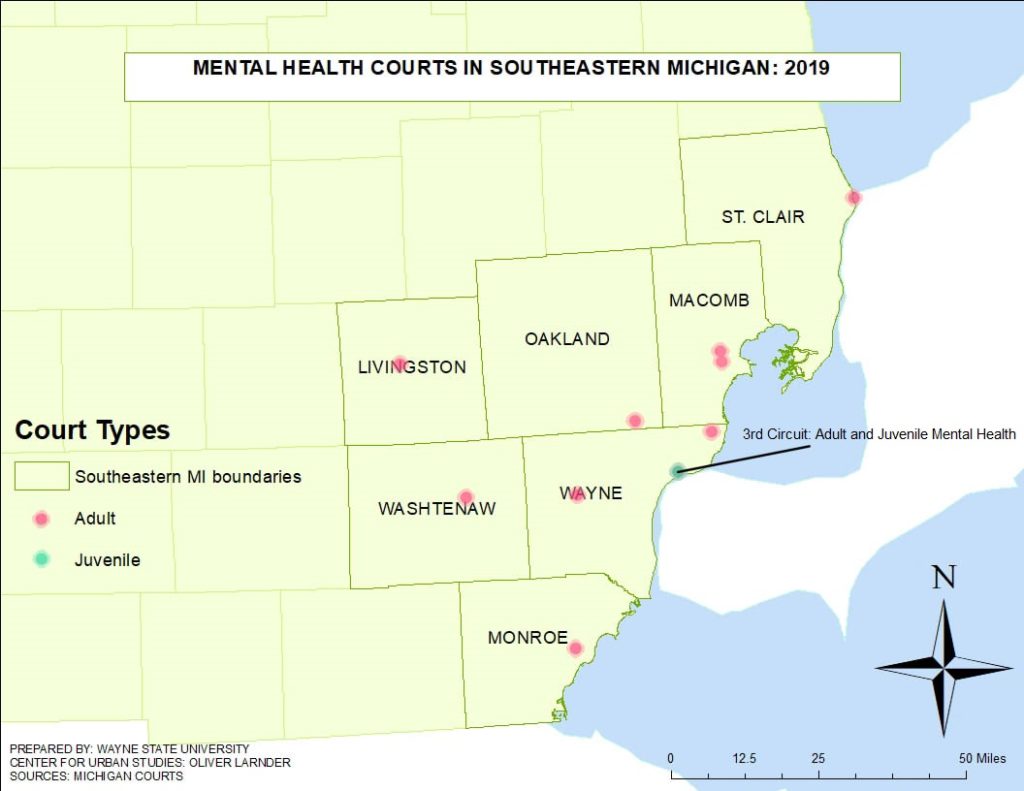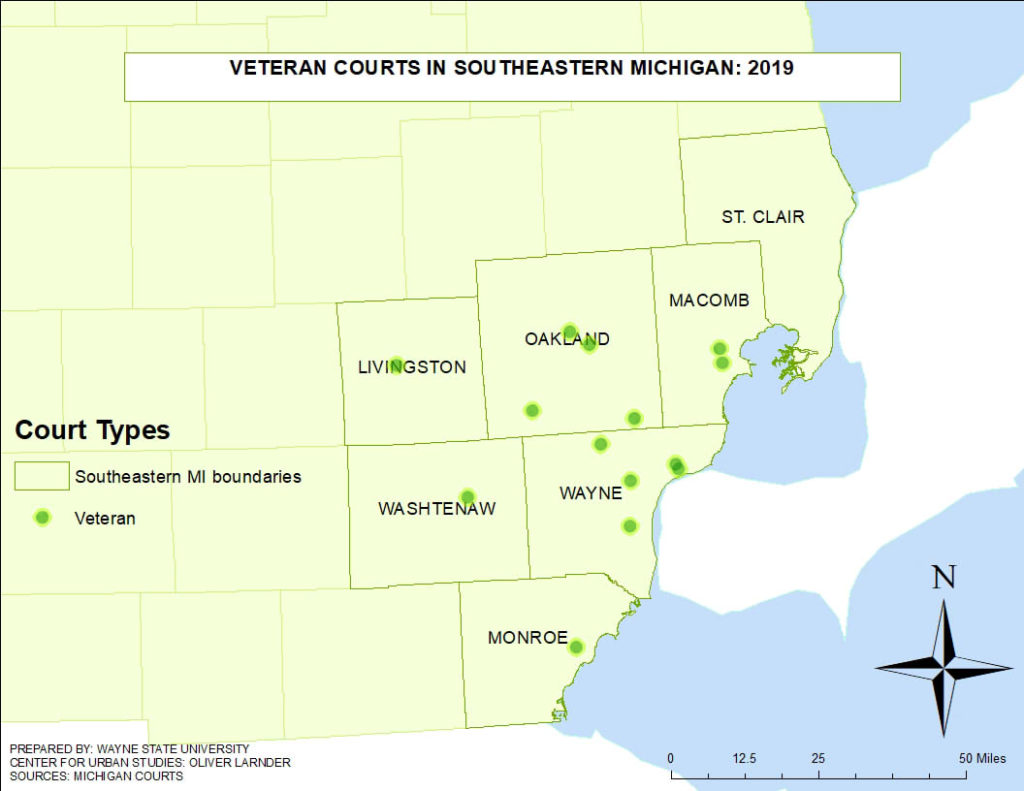The obesity rate in Michigan was at 32.3 percent in 2018, which is the most recent data from the United Health Foundation, which produces an annual federal health survey. This rate, according to the foundation, has been stable for the last several years but Michigan ranks as the 16th most obese state in the nation. At the county level, the most recent obesity data that is available is from 2015, and that data shows that of the seven counties in the region four of them are at or above the state’s obesity rate. Monroe County had the highest obesity rate regionally at 37 percent, followed by Wayne County at 34 percent. Macomb and St. Clair counties both had obesity rates of 32 percent. Washtenaw County had the lowest obesity rate at 24 percent.
Obesity can be linked to several factors, including overeating, medications, certain diseases and lack of physical inactivity. Those who are obese are also more likely to have certain diseases, including diabetes, heart disease and stroke. Of course obesity is not the only factor contributing to these diseases. Below we explore the percentage of people who are physically inactive in Southeastern Michigan and the mortality rates of diseases linked to obesity.

Physical inactivity is one of the contributing factors to obesity. Presented below is the percentage of residents in each county in Southeastern Michigan who said they do less than 30 minutes of physical activity at least three times a week in 2015. As is shown in the chart below, Monroe County had the highest percentage of physically inactive residents at 27.6 percent; Monroe County also had the highest obesity rate. St. Clair County had the second highest rate of physically inactive residents at 27.4 percent. Washtenaw County had the lowest percentage of residents who are physically inactive at 14.5 percent. Washtenaw County also had the lowest obesity rate.

With obesity comes several health risks, including coronary heart disease, stroke, type 2 diabetes, mental illnesses (depression, anxiety) and an overall low quality of life. The three charts below show the mortality rates per 100,000 people for diabetes, heart disease and stroke. Of course the mortality rates displayed below are not directly produced by obesity. However, note that the counties with higher obesity rates tend to have higher mortality rates for the diseases discussed.
For mortality rates linked to diabetes, St. Clair County had the highest rate at 83.3 deaths per 100,000 people, followed by Wayne County at 71 deaths per 100,000 people and then Monroe County at 65.6 diabetes related deaths per 100,000 people. Livingston County had the lowest rate at 45.6 diabetes related deaths per 100,000 people.
Overall, heart disease has a much higher mortality rate than diabetes, and the county with the highest heart disease related mortality rate in 2017 was Wayne County at 257.4 per 100,000 people. Following Wayne County was St. Clair County with a rate at 225.7 deaths per 100,000 people and Macomb County with a heart disease mortality rate of 196.1 deaths per 100,000 people. Washtenaw County had the lowest rate at 151.7 deaths per 100,000 people.
Strokes had the lowest mortality rate of the three diseases discussed here. Wayne County had the highest rate at 41.2 deaths per 100,000. Oakland County had the second highest mortality rate from strokes at 37.4 deaths per 100,000, and Washtenaw County had the third highest rate at 34.4 deaths per 100,000 people. Monroe County had the lowest rate at 29 deaths per 100,000 people.



Overall, this post highlights obesity rates in Southeastern Michigan, along with one of the causes of obesity and diseases linked to it. Ways to prevent obesity include:
- Being physically active;
2. Being cognizant of both caloric intake and the type of foods making up your diet;
3. Being aware of how your emotional state affects your eating habits and how to ensure that these habits do not become unhealthy.
